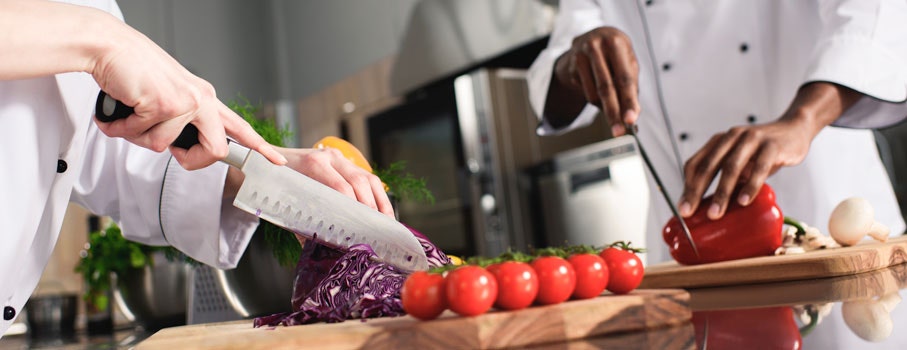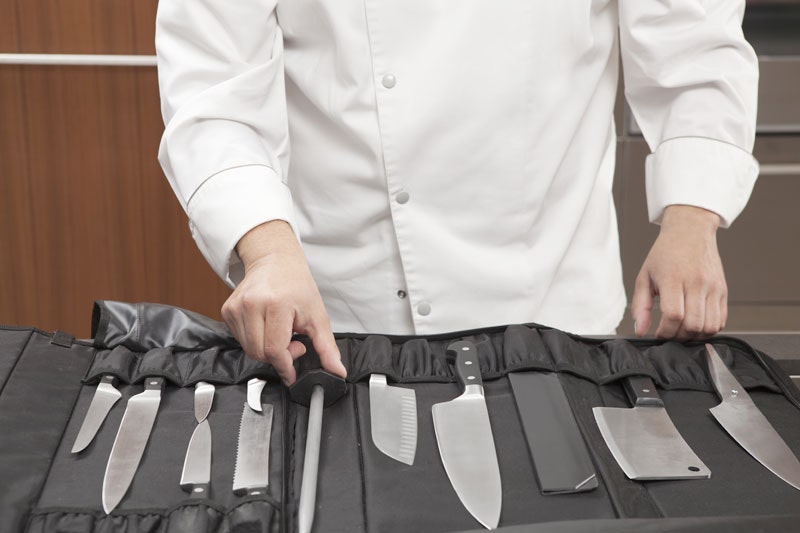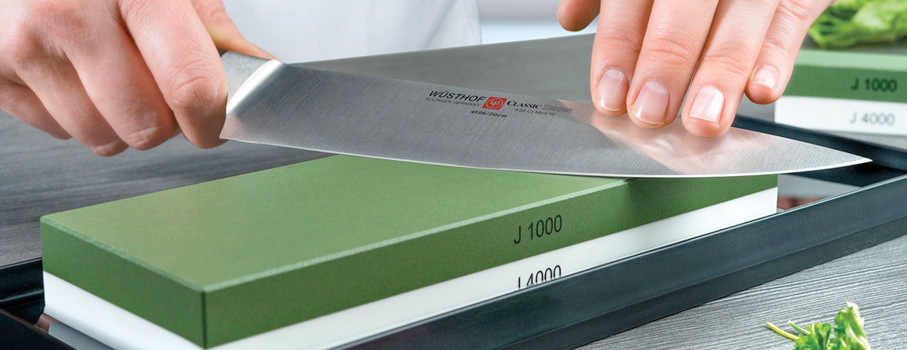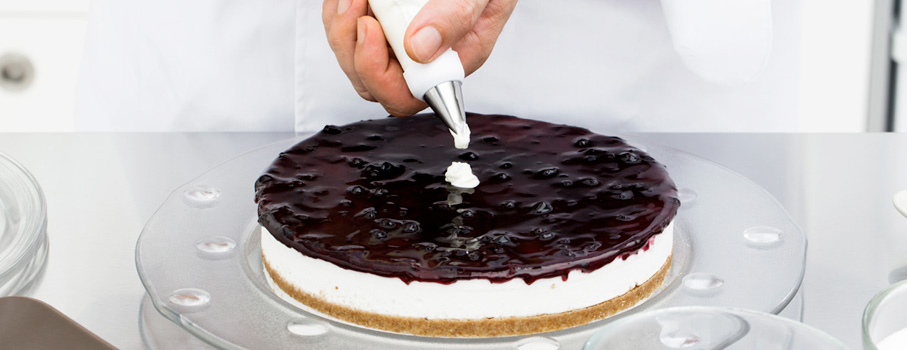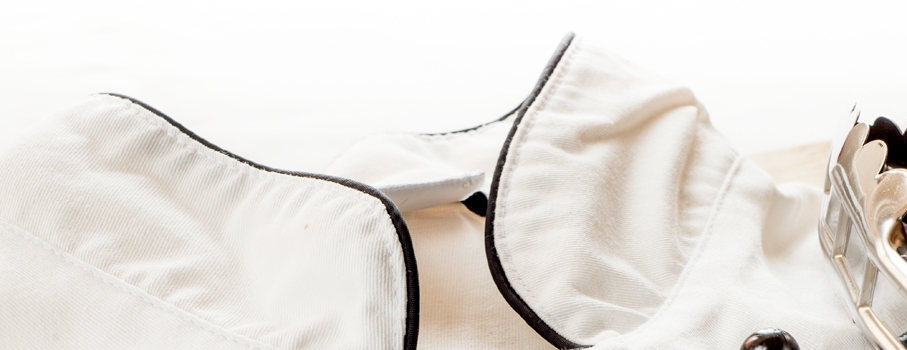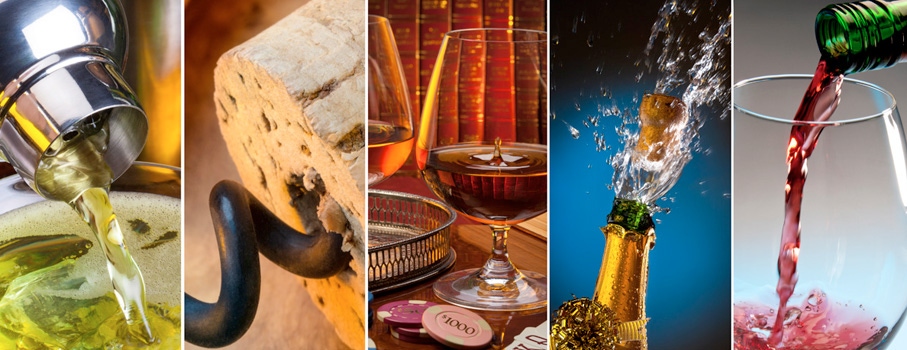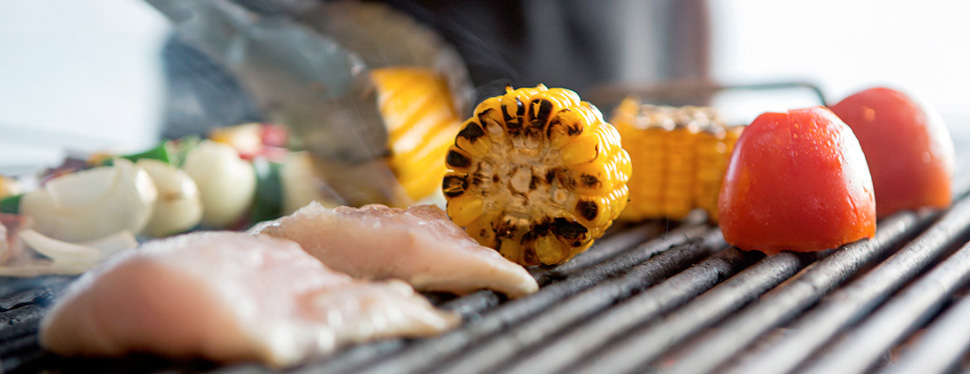SANTOKU KNIFE: technical features and distinctions from the chef's knife

SANTOKU KNIFE: technical features and distinctions from the chef's knife
Santoku comes from the Japanese phrase "three virtues," which means "cutting, mincing, and dicing."
A Santoku knife is the Japanese version of a chef's knife, and is used for everyday culinary activities.
The Santoku is a master knife in slicing, dicing, and finely slicing, combining Western design and ergonomics with Japanese blade and design.
A Santoku and a chef's knife look to be extremely similar to the untrained eye.
However, there are some significant differences.
In comparison to the chef's knife, the Santoku knife has the following characteristics:
- A wider blade with no point
- The blade is thinner than that of a chef's knife, allowing for more precise cuts.
- The cut can be single (unilateral) or double (both sides): the bevel refers to the surface ground to form the knife's edge.

- Normally, there is no support between the blade and the handle.
- Its weight is evenly distributed.
- It is more lightweight than a chef's knife and is ideal for cutting vegetables, herbs, and fruit.
- A hollow-edged blade may be used to prevent food from clinging to it. Hollow recesses on one or both sides of the blade reduce friction and improve airflow, resulting in clean, uniform cuts and less food adhering to the blade.
- The blade's length ranges from 13 cm to a maximum of 20 cm.
- One significant distinction is that Japanese blades, such as Santoku, are frequently constructed with a thinner but tougher steel to allow chefs to do precise operations.
- The Santoku knife's lack of a tip allows you to cut in a single downward cut. The rocking method is used by many cooks, and the Santoku knife blade is faster and more efficient.
- Bevel is different. A flat bevel is seen on many Santoku knives used by professional chefs.

The following are some of the similarities between the santoku knife and the chef's knife:
- Both are versatile knives that may be used for slicing, dicing, and mincing, among other things. As a result, they are among the most often used knives in both professional and home kitchens.
- They're both constructed of different materials:
- ceramic
- damascus steel
- stamped steel
- titanium-forged steel
Damascus steel knives are preferred by most professional cooks due to their longevity and great corrosion resistance.
- Both knives may make excellent cuts, but avoid cutting huge bones of meat, slicing bread, or cutting hard foods with them. Santoku and chef's knives are especially good in cutting very thin slices of food, which improves the overall appearance of finished dishes. Santoku knives can be used to cut meat and fish, slice cheese, and chop vegetables, meat, and herbs.
- Santoku knives are slightly shorter than chef's knives and have a smooth handle-to-blade construction, making them ideal for little hands.
Santoku knives are used for:
- Cut meat and fish

- Slice the cheese
- Slicing, dicing fruit, vegetables etc.
- Chop vegetables, meat or herbs
How to Care for a Santoku Knife
The Santoku knives we sell will provide you with an excellent cut for a long time if you take adequate care of them, including regular cleaning, sharpening, and storage.
All high-quality knives should be hand-washed and dried with a soft, clean cloth. Instead of using a dishwasher or a scourer, use a blade guard or a storage block.
We recommend using Japanese sharpening stones to maintain the sharpness of Japanese-made santoku. Sharpeners, ideally oval-shaped, are recommended for European knives.
Cristina Passarotto

 IT
IT FR
FR
